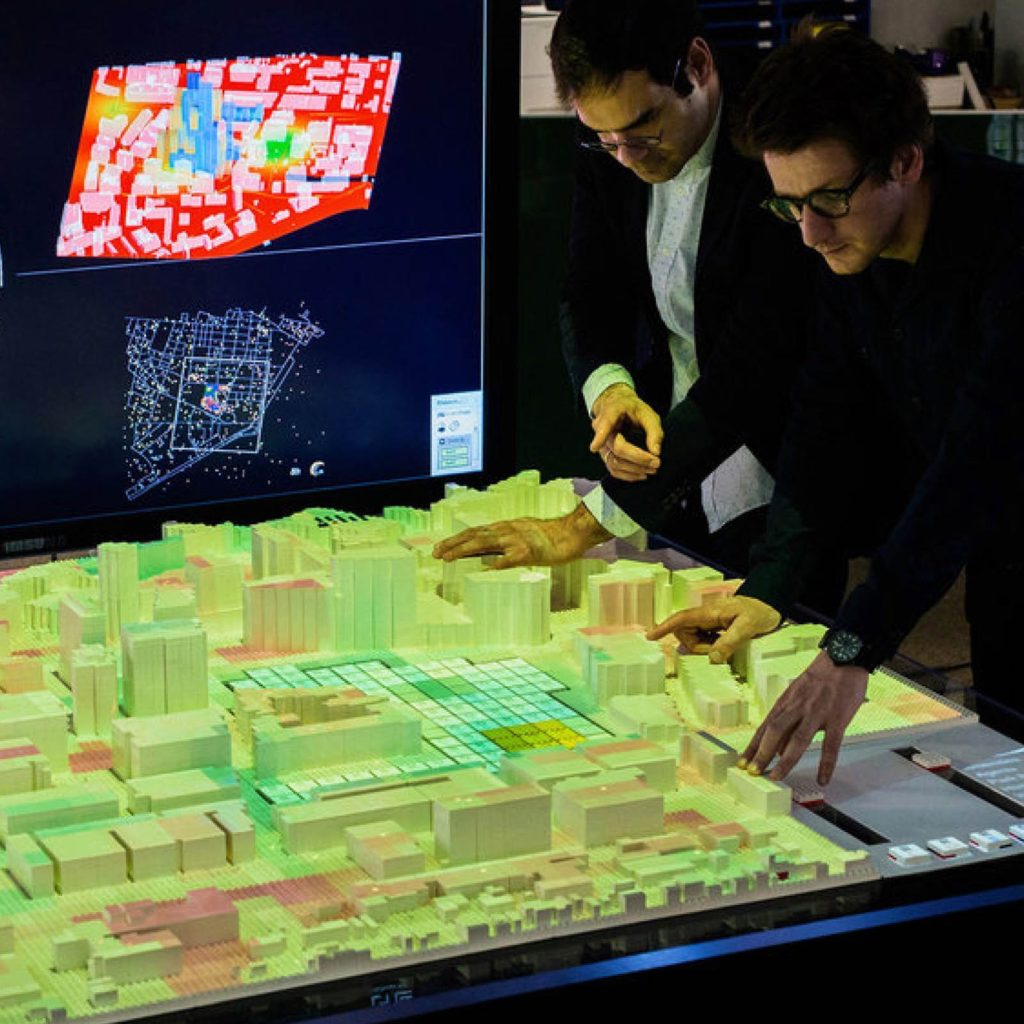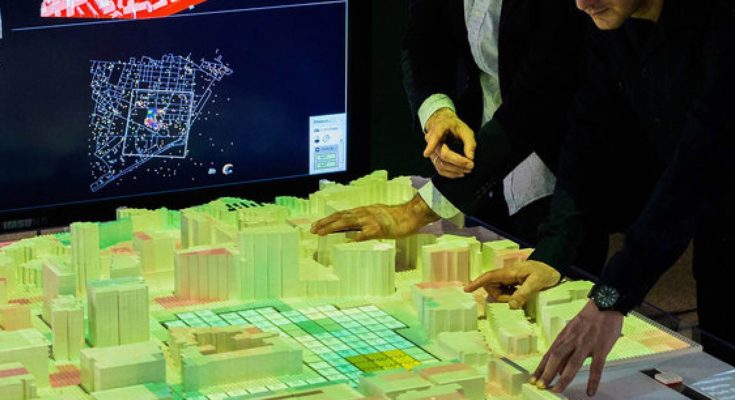Urban analytics and big data are transforming the way cities are planned, managed, and experienced. As urban areas continue to grow and evolve, the need for efficient, data-driven solutions becomes increasingly critical.
Leveraging big data in urban analytics enables city planners, policymakers, and researchers to gain deeper insights into the complex dynamics of urban environments. This integration of data and analytics is driving smarter cities that are more responsive, sustainable, and livable.

Understanding Urban Analytics
Urban analytics involves the collection, analysis, and interpretation of data related to various aspects of urban life. This includes data on transportation, housing, energy consumption, public health, crime, and more.
By applying advanced analytical techniques, such as machine learning and predictive modeling, urban analytics helps in identifying patterns, trends, and correlations that can inform decision-making and improve urban management.
Sources of Big Data in Urban Settings
Big data in urban contexts comes from a multitude of sources, including:
- Sensors and IoT Devices: Smart sensors embedded in infrastructure collect real-time data on traffic flow, air quality, energy usage, and public safety.
- Social Media and Mobile Apps: Platforms like Twitter, Facebook, and various mobile applications generate vast amounts of data reflecting public sentiment, mobility patterns, and service usage.
- Administrative Records: Government databases provide detailed information on demographics, economic activities, and public service delivery.
- Geospatial Data: Geographic Information Systems (GIS) offer spatial data that helps in mapping and analyzing urban landscapes and infrastructure.
Applications of Urban Analytics
Urban analytics and big data have numerous applications that enhance urban life:
- Transportation and Mobility: Analyzing traffic data helps in optimizing routes, reducing congestion, and improving public transportation systems. Predictive analytics can anticipate traffic jams and recommend alternative routes, enhancing the efficiency of urban mobility.
- Public Safety: Big data can identify crime hotspots, enabling law enforcement agencies to allocate resources more effectively and develop proactive strategies to prevent crime.
- Environmental Monitoring: Urban analytics tracks air quality, noise levels, and waste management, contributing to the creation of healthier and more sustainable urban environments.
- Urban Planning: Data-driven insights support the development of smart zoning regulations, efficient land use, and the creation of green spaces, ensuring balanced urban growth.
- Healthcare: Analyzing health data helps in identifying public health trends, managing disease outbreaks, and improving healthcare delivery.
Challenges in Urban Analytics
Despite its potential, urban analytics faces several challenges:
- Data Privacy and Security: Protecting the privacy of individuals and ensuring the security of data is paramount, especially given the vast amounts of personal information collected.
- Data Integration: Combining data from diverse sources and formats can be complex, requiring sophisticated data integration techniques and standards.
- Data Quality: Ensuring the accuracy, completeness, and reliability of data is critical for meaningful analysis.
- Resource Constraints: Implementing urban analytics requires significant investment in technology, infrastructure, and skilled personnel, which can be a barrier for some cities.
The Future of Urban Analytics and Big Data
The future of urban analytics and big data holds exciting possibilities:
- AI and Machine Learning: Advancements in artificial intelligence and machine learning will further enhance the predictive capabilities of urban analytics, leading to more proactive and adaptive urban management.
- Citizen Engagement: As data becomes more accessible, citizens can play a more active role in urban governance, contributing to data collection and participating in decision-making processes.
- Sustainability: Data-driven insights will be crucial in addressing climate change and promoting sustainable urban development, from optimizing energy use to designing resilient infrastructure.
- Real-time Analytics: The increasing availability of real-time data will enable more responsive and dynamic urban management, allowing cities to quickly adapt to changing conditions and emerging challenges.
Conclusion
Urban analytics and big data are revolutionizing the way cities function, offering powerful tools to understand and improve urban environments. By harnessing the vast amounts of data generated in cities, urban analytics provides actionable insights that drive smarter, more efficient, and more sustainable urban management. As technology advances, the integration of urban analytics and big data will continue to play a pivotal role in shaping the cities of the future, ensuring they are better equipped to meet the needs of their residents and adapt to an ever-changing world.




